Popular Science of Coffee knowledge, the Development of Arabica Iron truck
Today, Arabica species account for fully 70% of the world's total coffee production, and most Arabica species have evolved after being spread to various places through two ancient varieties, Tieka and Bourbon. So today, let's talk a little bit about the chronicle of one of the two ancient varieties, "Ironpickup", which has spread since Ethiopia.
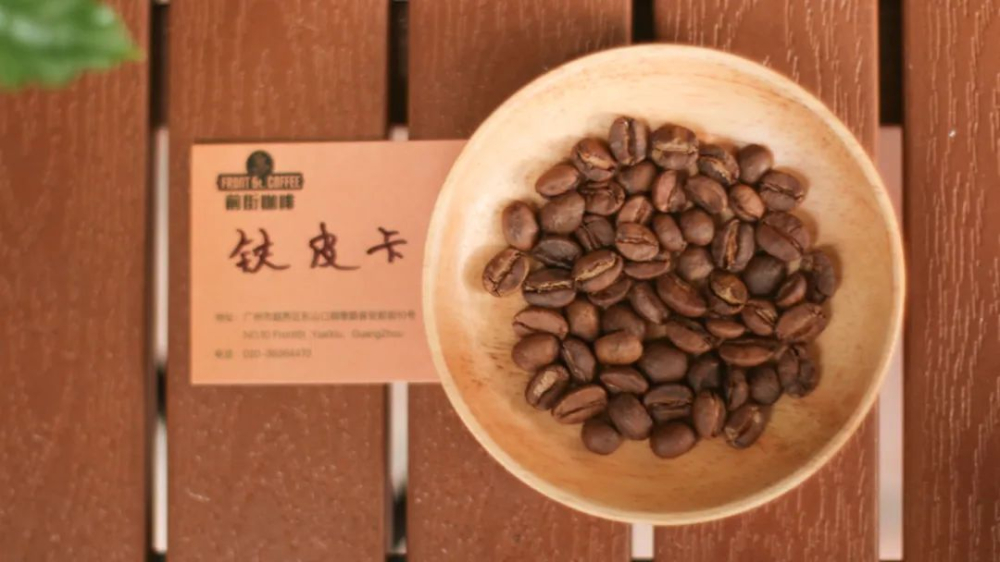
Ironpickup, like many native species, comes from the African continent of Ethiopia. The pictures of our common Arabica beans take the iron pickup as an example! Flat and full, slender, the shape is a standard oval, this is the classic appearance of the iron pickup! And its first stop outside the country is Yemen, which is located on the other side of the sea.
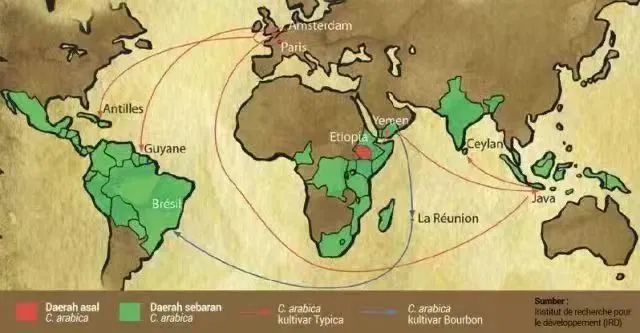
Coffee was first introduced to Yemen mainly as a drug treatment, not as a daily drink! Until 1500, there was a sudden stir in the ports of Aden and Mocha in Yemen: the trend of mashing dried coffee pulp and drinking water, and the medicine became a popular drink. It became popular all over the country, so people began to export coffee beans to various countries to promote and sell them! However, before export, Yemeni people will roast or boil the coffee beans in advance, causing the coffee beans to lose their breeding ability and prevent the coffee beans from flowing into foreign countries. This is why, for hundreds of years from the 15th century to the 18th century, the world's coffee trade was monopolized by Yemen, not only because it is a port city, but also because coffee is only available in Yemen!
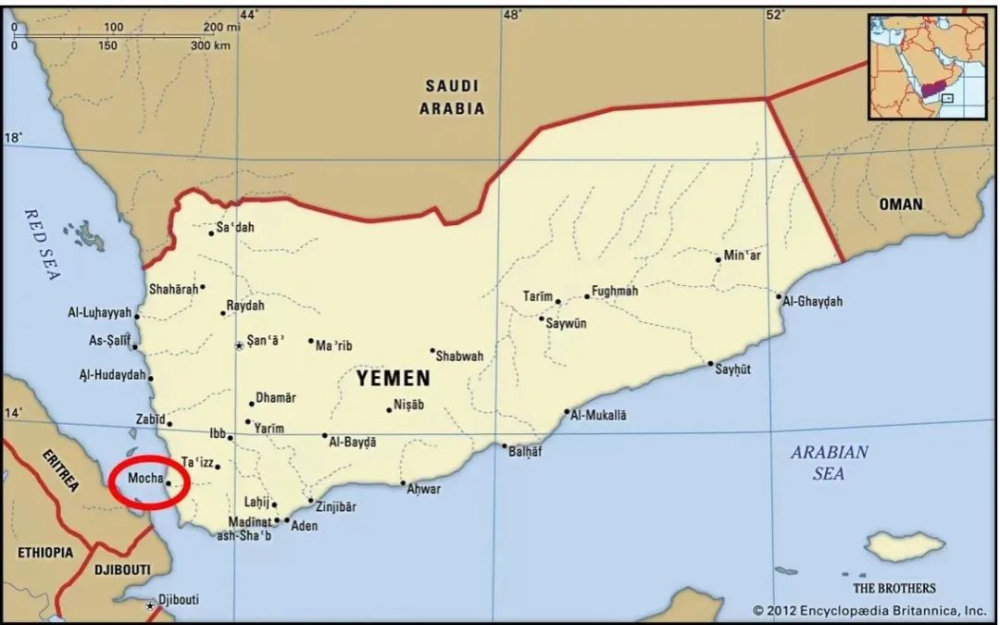
Until 1670, a devout believer in Islam Babudan "Baba Budan" became infatuated with coffee and wanted to have a good drink after returning home, but there was no production in his own country, and there was no bean seed in Yemen. So, when it was ready to return to India after the pilgrimage, it stole seven coffee seeds, hid them in its beard to avoid people's eyes and ears, and then successfully brought them back to India. They were successfully planted and bred in the Gandjri Mountains in Karnataka province in southwestern India. In order to remember his contribution, future generations renamed this mountain Babudan Mountain! Going back to the earlier days, coffee was introduced into Europe via Yemen, and the Dutch, known as the "coachman of the sea", sniffed out huge business opportunities.
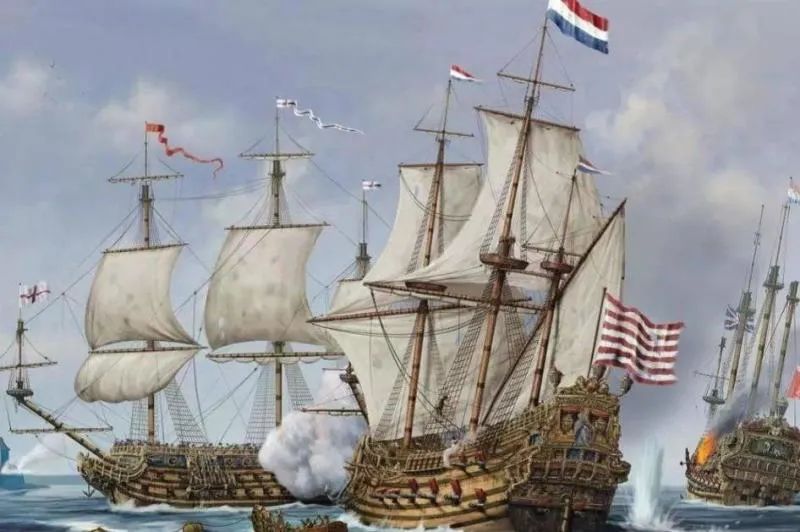
So, when they occupied the southwestern part of India in the early 17th century, they snatched the iron card trees stolen from Yemen and planted them on the Indonesian island of Java, which was a direct success and opened up Indonesia's coffee industry. They then transplanted a tin pickup planted in Java back to Holland in 1706. The tin truck came to Amsterdam in the Netherlands, where the Dutch built it a large greenhouse to give it comfortable space to grow and was taken care of by botanists. Unexpectedly, the offspring of this iron pickup truck spread to Central and South America, and the iron pickup was called the "European mother plant" by later generations. In 1708, a trial of coffee trees stolen from Mocha in France failed. As a result, the mayor of Amsterdam saw the right time and presented Louis XIV, the king of France, with a tin tree sapling in 1714. They also followed the trend of the Netherlands and built greenhouses for the iron pickup to take good care of.
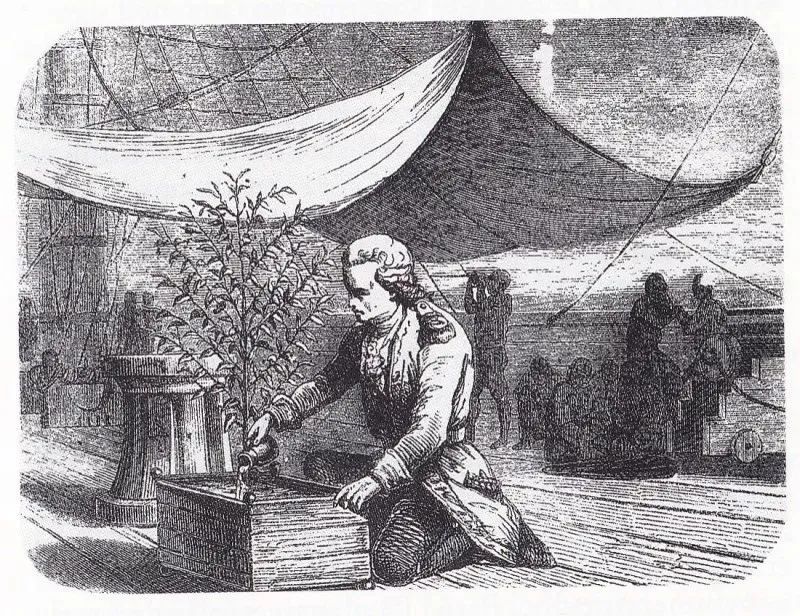
In 1720, Dikrou, a French naval officer, stole a sapling of an iron pickup from the Palace of Versailles and shipped it to America. After three years, he finally arrived on the French island of Martinique in the Caribbean. The coffee industry on the island has begun! The offspring of the sapling are scattered to other islands, including Jamaica, the island country that produced the "coffee emperor".
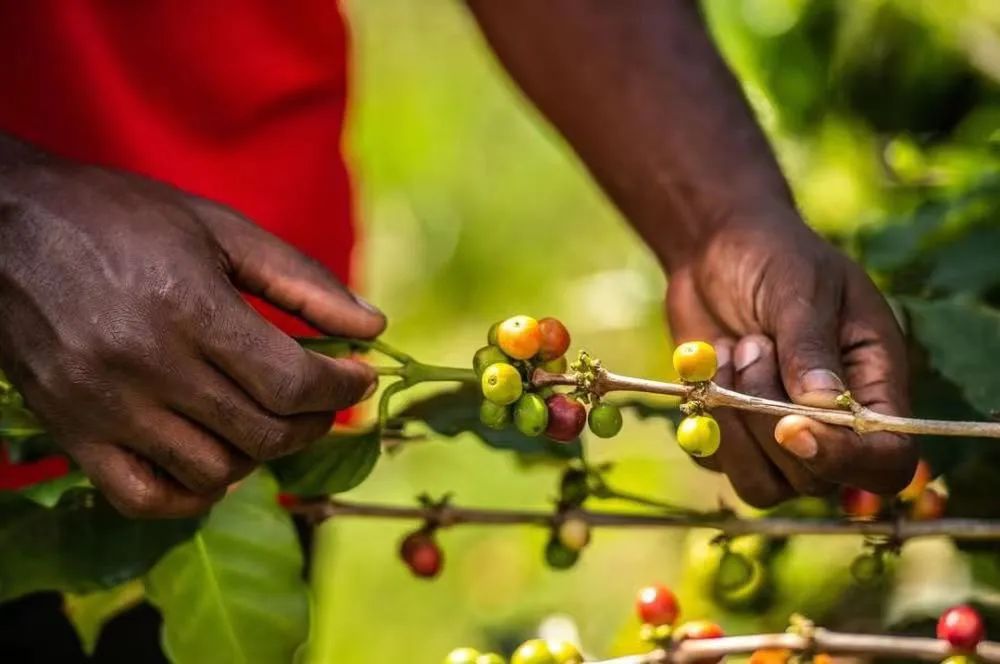
In 1727, a territorial dispute broke out between Suriname, the Netherlands, and Guyana, the French dependency. Pacita, a Brazilian diplomat, was rewarded for his service in mediation. In the reward given to him by the wife of the Governor of Guiana, France, there are the saplings of the iron pickup. As a result, Pacita diplomat resigned and brought coffee seedlings back to Brazil and planted them in the northern province of Para, officially opening up Brazil's coffee industry. Subsequently, Brazil also distributed the seeds produced by the tin truck to Paraguay, Peru and other countries.
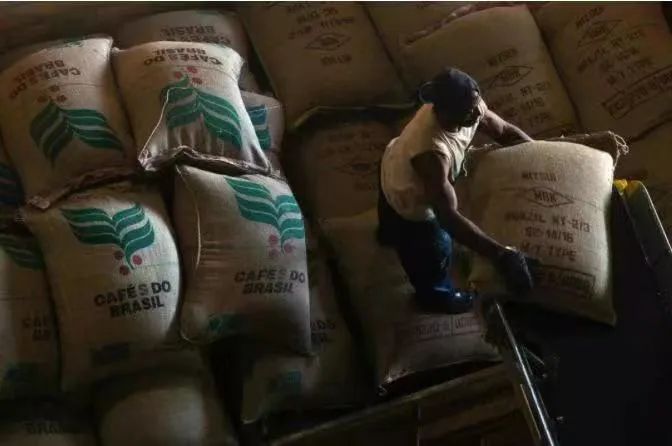
And Colombia, Guatemala, Costa Rica and other countries have introduced iron pickup tree species for planting around the 18th century. At the end of the 19th century, Tian Deneng, a French missionary, brought the species of iron pickup to the village of Zhugula in Yunnan Province, although it was not planted on a large scale in a short period of time. But it also laid a small foreshadowing for China's coffee industry.
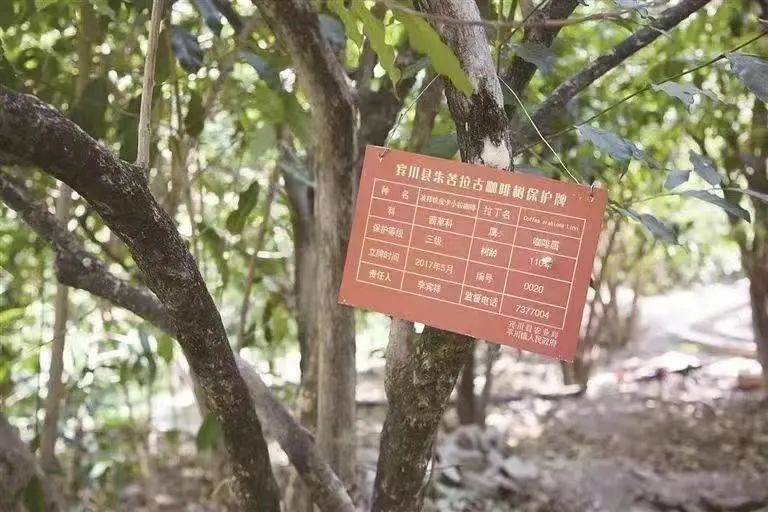
-END-
Front Street Cafe
No. 10 Baoqian street, Yandun road, Dongshankou, Yuexiu district, Guangzhou, Guangdong province
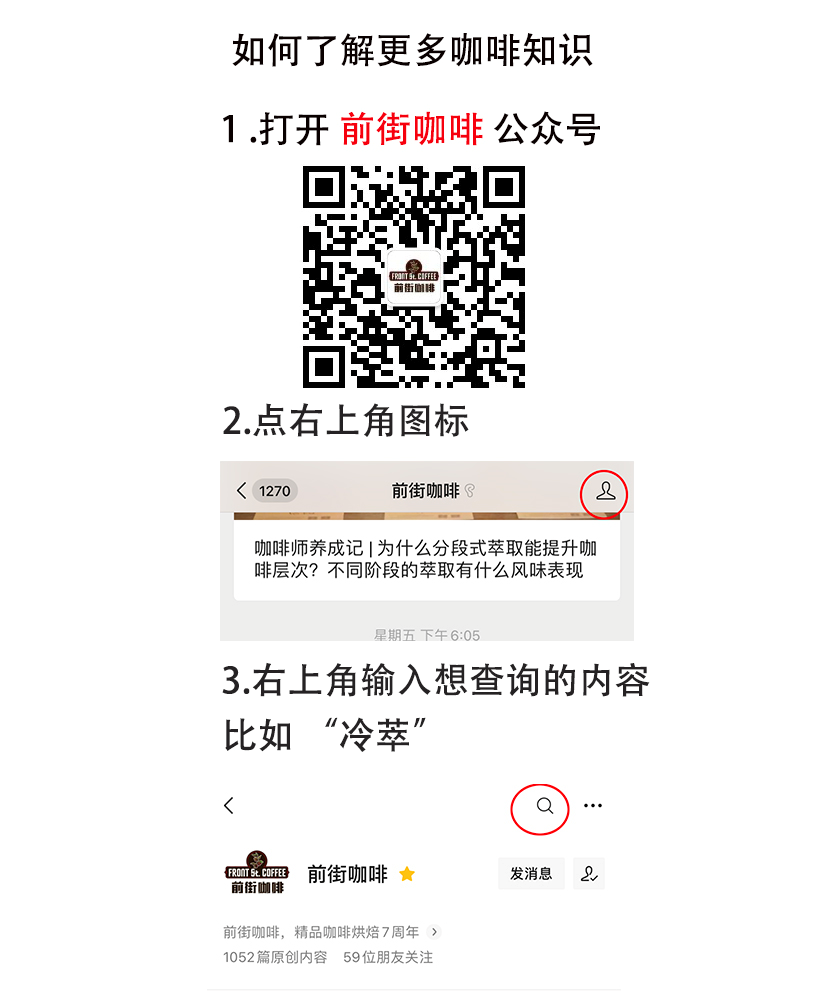
Important Notice :
前街咖啡 FrontStreet Coffee has moved to new addredd:
FrontStreet Coffee Address: 315,Donghua East Road,GuangZhou
Tel:020 38364473
- Prev

Can coffee beans be kept fresh by putting them in the refrigerator? Can you extend the tasting period?
It is Singles' Day again. I believe many friends have bought a big wave of beans because of the impact of discounts. Because, backstage in the front street, many friends began to ask about the storage of beans! Among them, several similar inquiries attracted the attention of the front street: "is it really useful to put beans in the refrigerator?" Want to
- Next

NetEase publicly reported Nestle, Nestle: do not carry the pot!
▲ Click to follow | Daily boutique Coffee Culture Magazine Coffee Workshop have you recently brushed Nestle, NetEase and Tencent melon? In the latest news, this "big series" has been updated! On November 9, some netizens posted that NetEase's ice maker in the teahouse was second-hand received from Tencent, even Tencent.
Related
- The milk tea cup becomes smaller?! Overlord Tea Girl launches a new "Return to Yunnan" series
- Accused of selling counterfeit and high-priced coffee beans! Well-known boutique coffee brand "Oukelao" bowed and apologized!
- How to make espresso dumplings? Can I eat coffee and glutinous rice balls together?
- Save the unformed and stagnant powder cakes in one second! What is the problem with stagnant water in the powder bowl of the espresso machine?
- What does hand-brewed coffee stop mean? Why is it not recommended to make coffee by hand?
- Is it normal to smell like coffee? Why does coffee smell like alcohol? What's wrong with the strong smell of cold extract ice dripping ice brewed coffee?
- How to solve the problem that hand-brewed coffee extraction takes too long? Why is the water flowing so slowly when making coffee?
- The main points of making Australian white coffee, the proportion details, how does Australian white properly foam and blend the flowers?
- Can ice water make cold extract coffee? What is the difference between room temperature water and ice water for making cold coffee?
- What milk is best for making latte and white Dirty coffee? What is the difference between different brands of fresh milk and pure milk for making coffee?

